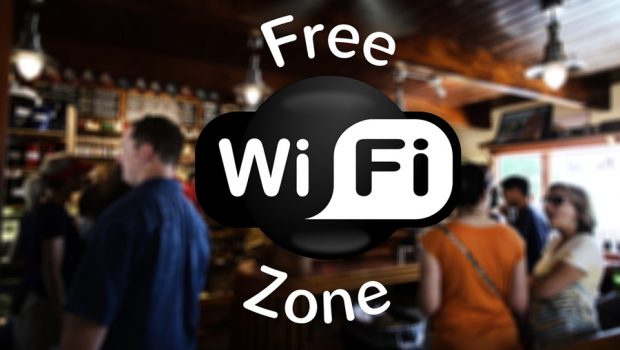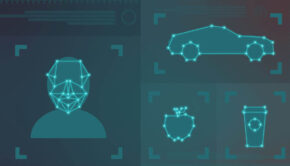Public WiFi – How to Stay Safe Online at Your Next Event
Many of us use public Wi-Fi networks every day. But are we really alert to the dangers? And do we know the best ways to keep ourselves secure from hackers and other cyber criminals? Here are seven steps that you can follow to ensure that you stay safe in public Wi-Fi.
Step 1: Make sure you know what you’re connecting to
How many times have you done it? You’ll sit down in a café or restaurant and browse through the list of Wi-Fi networks in connecting distance, see one that looks like it must be the free one provided by the place and then connect to it without giving it another thought. Does that sound familiar? It’s something that many of us are guilty of: connecting to Wi-Fi when we don’t really know that it is safe to do so.
Hackers and cyber criminals have caught onto this trend and sometimes set-up fake Wi-Fi networks that look similar to official channels. Connecting to a fake network can put your data at serious risk as the criminals who own the Wi-Fi will be able to see exactly what you are doing. Just remember that you should always check exactly what you’re connecting to, and never simply assume that it must be safe.
Step 2: Don’t automatically connect
If you have connected to public Wi-Fi in the past it may be the case that your phone or tablet is set to now connect automatically to any Wi-Fi hotspot. This can be especially dangerous as you may be connecting to fake networks without even knowing you have done so. Double-check the settings on your device to make absolutely sure that you’re not connecting to these networks automatically.
Step 3: Revamp your passwords
It is still the simple stuff that most often catches us out when it comes to web security. Yes, there are many sophisticated hackers and criminals using highly technical methods to get unlawful access to devices. However, many rely on the fact that many of us don’t take computer security as seriously as we should.
How secure are your passwords? It’s widely considered that a strong password should be at least 10 characters long and should use a mixture of lower and upper case letters, numbers and symbols. Consider improving your password if it sounds like it isn’t strong.
Step 4: Use a VPN
If you are worried about security on a public Wi-Fi network, one of the safer measures you can use is a VPN (virtual private network). A VPN routes the information and sites that you access through a secure server elsewhere in the world, meaning that no-one accessing the public Wi-Fi can see what you are accessing.
Step 5: Use up-to-date anti-virus software
If you are going to use public Wi-Fi (and in fact if you’re going to browse the internet at all) it’s best practice to use an up-to-date and high quality anti-virus software. This can help to alert you to any problematic connections or unauthorised activity on your computer. Anti-virus software is no cure-all but it can be your first line of defence if you are attacked.
Step 6: Be smart with the sites you use
Sometimes you just need to be smart about the sites that you use while you are on a public Wi-Fi. This sort of network is naturally more vulnerable than a private network so you should avoid using particularly sensitive sites such as online banking or any site that allows you to spend money.
Step 7: Learn to logout
If you spend most of your time on the internet on private networks it may be the case that you’re not really used to the concept of logging out. Whether it’s from social media profiles or any site that uses an account, you need to remember to log out whenever you’ve finished using a site.















